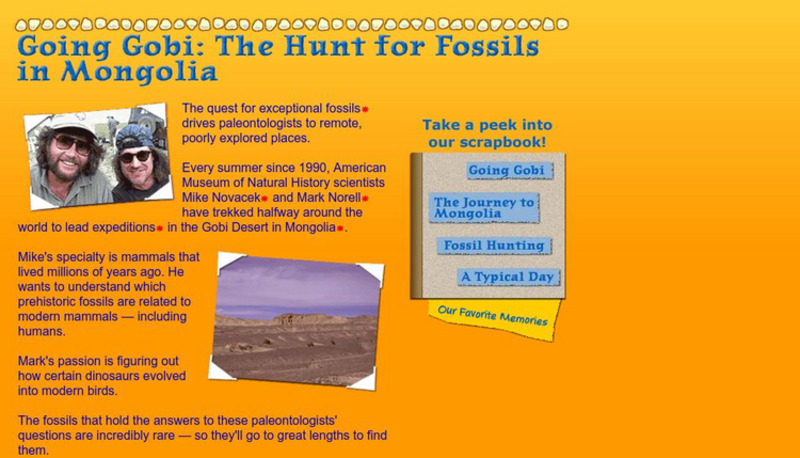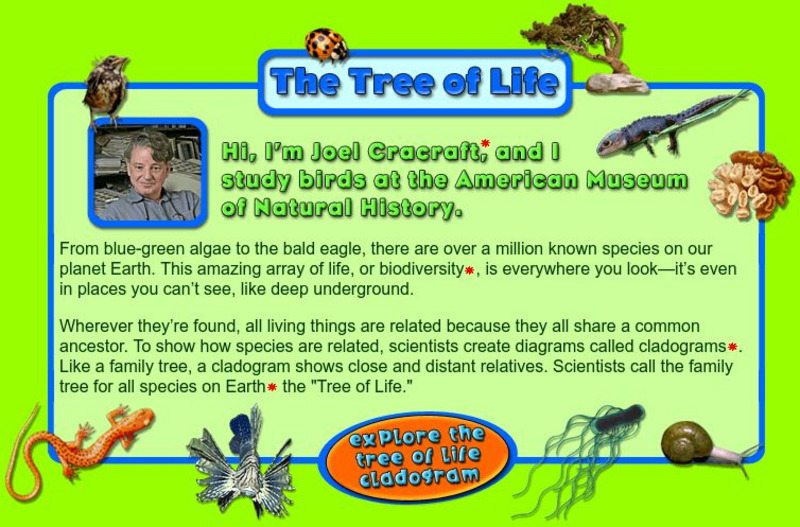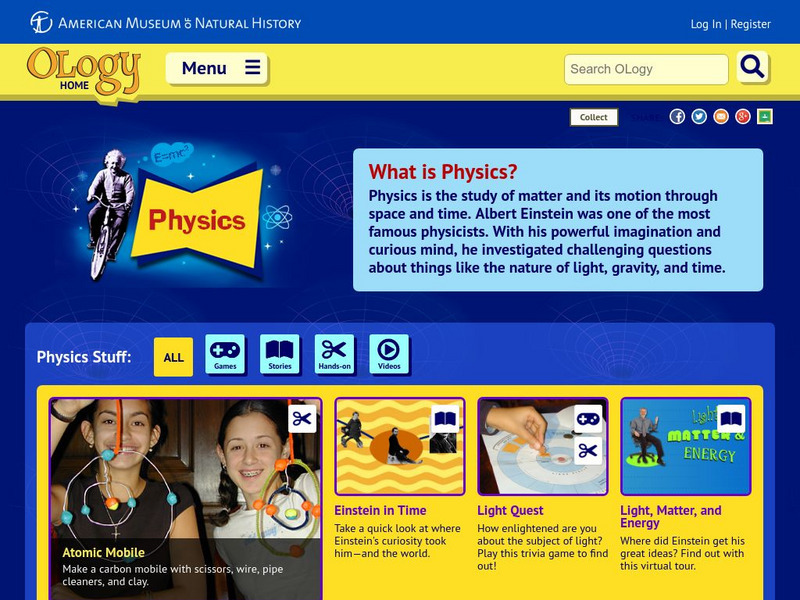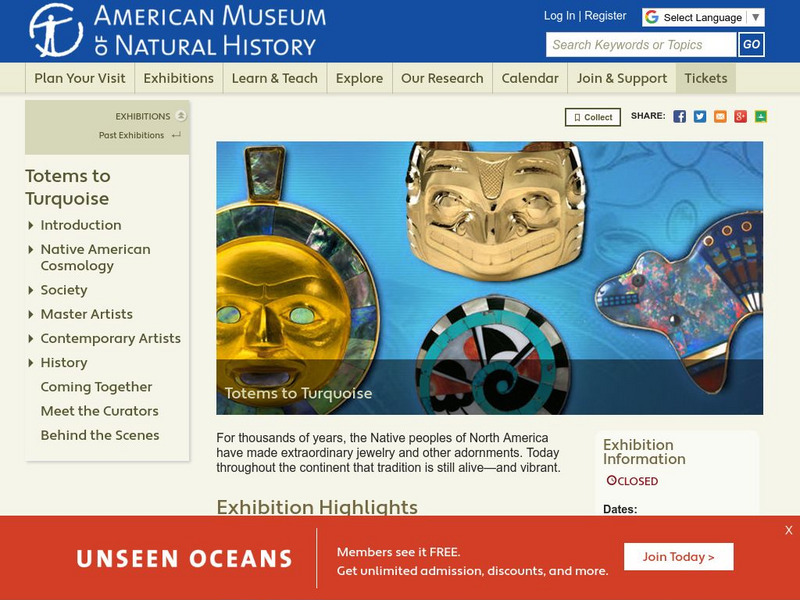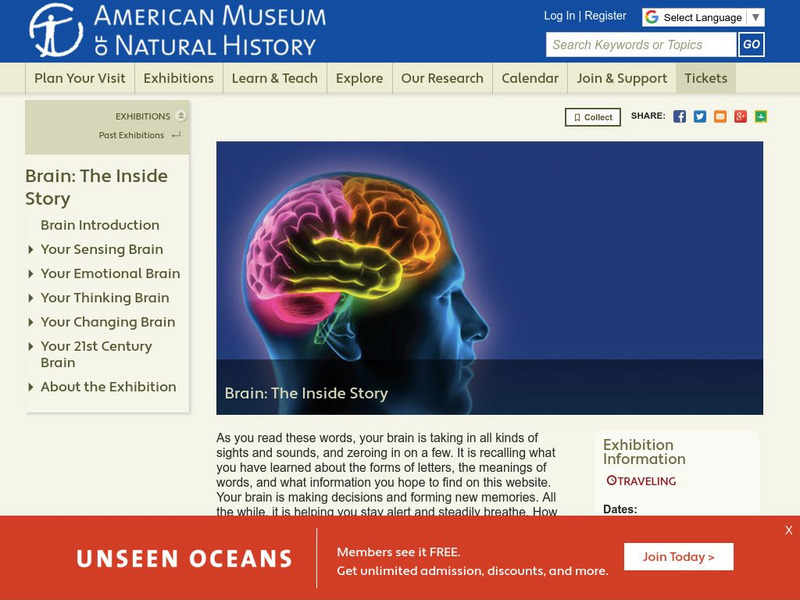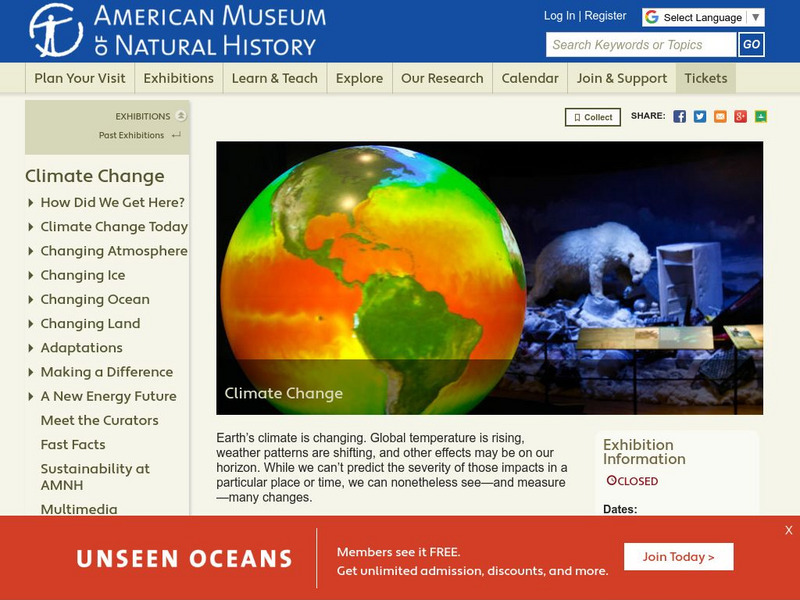Curated OER
In Search of the Amber Room
Learners watch the film, "In Search of the Amber Room." In teams, they examine World War II and research to find the Amber Room. They present their case in written form, or as a Web site, or using video "clips" from the film
Curated OER
Strong Chemistry
Students research and create a poster about a gemstone. In this mineral properties lesson, students view a video about diamonds. They discuss the properties of minerals and choose a gemstone to research and create a poster.
Curated OER
How Does Preserving Wilderness Enhance Forestry
Students identify events of the environmental movement in the United States. For this environment lesson students study Theodore Roosevelt and John Muir, who had a great impact on the environmental movement.
Curated OER
Introducing Biodiversity
Young scholars investigate biodiversity by creating reports with their classmates. In this ecosystem instructional activity, students utilize the Internet to research the different types of life in our environment and different...
Curated OER
Microbes and Health
Sixth graders become acquainted with the concept of how microorganisms cause disease. They role play that some class members have exhibited some alarming symptoms. Groups must determine which disease the symptoms are pointing to.
American Museum of Natural History
American Museum of Natural History: Amnh Expeditions
Learn about the adventurous and educational travel programs of the American Museum of Natural History, which arranges explorations of the world in the company of museum scientists, educators and curators.
American Museum of Natural History
American Museum of Natural History: Anthropology: Sounds of the Silk Road
Travel the tales and sounds of the Silk Road through this resource and understand how music shaped Asian, and eventually, western cultures. You can create your own music to share with your friends, and gain knowledge about common...
American Museum of Natural History
American Museum of Natural History: How Lou Got the Flu
Illustrated storybook description of how the influenza virus spreads from animals to humans.
American Museum of Natural History
American Museum of Natural History: Oology: Expeditions
This student module includes short, informational text, images, interactive games, and quizzes about ocean exploration.
American Museum of Natural History
American Museum of Natural History: Biodiversity in the Dzangha Sangha Rain Forest
In this interactive activity from the American Museum of Natural History, play "connect the dots" and discover the connections between the people, animals, and plants in three habitats of the Dzanga-Sangha rain forest in the Central...
American Museum of Natural History
American Museum of Natural History: O Logy: Welcome to the Dzanga Sangha
Explore the Dzanga Sangha rain forest, located in the Central African Republic. Learn what researchers who have traveled there have to say about the habitat. Also play a connect-the-dots game that lets players see how different organisms...
American Museum of Natural History
American Museum of Natural History: O Logy: Dive Into Worlds Within the Sea
Learn about three different marine ecosystems: coral reefs, the continental shelf, and the deep sea. Interactive game included, which will help players chart the interrelationships among organisms that live in each ecosystem.
American Museum of Natural History
American Museum of Natural History: Sharks and Rays: Myth and Reality
Learn about the reproductive system of the dogfish shark through a video gallery. Also read about the myth that sharks must constantly swim or they will die. PDF transcripts are available for each video.
American Museum of Natural History
American Museum of Natural History: O Logy: Going Gobi: Hunting for Fossils
Travel through the Gobi Desert with two paleontologists, and discover ancient fossils of creatures from long ago.
American Museum of Natural History
American Museum of Natural History: Ology: See the Light
Reflection, refraction, and the colors that make up white light is explored through lab activities after reading a brief background about light energy.
American Museum of Natural History
American Museum of Natural History: O Logy: Journey to Deep Sea Vents
Take a submersible down to the seafloor. As you descend, passing through the ocean's sunlight, twilight, and midnight zones, you can observe how temperature, pressure, and light levels change. When your submersible reaches the seafloor,...
American Museum of Natural History
American Museum of Natural History: O Logy: The Tree of Life
Learn about the diversity of species on Earth by exploring a cladogram, a graph-like tree of life that illustrates relatedness among species. Includes instructions for reading cladograms and a pie chart that summarizes the percentages of...
American Museum of Natural History
American Museum of Natural History: Water: H2 O = Life
This exhibition illuminates the concept of ecological balance and the challenge of managing the Earth's water supply. Its videos and images help explain just how important water is to sustaining life.
American Museum of Natural History
American Museum of Natural History: O Logy: Way to Go, Einstein!
The Way to Go, Enstein, OLogy site is a place for learning about Einstein--his career, his ideas, how he thought about problems, and his contributions to science. Explore, ask questions, find information, and meet American Museum of...
American Museum of Natural History
American Museum of Natural History: Totems to Turquoise: Native American Jewelry
Through this resource, the user can learn about the hand-crafted jewelry of Native North Americans of the Northwest and Southwest and how it embodies both the personal and collective identity of the maker and the wearer.
American Museum of Natural History
American Museum of Natural History: O Logy: Marine Biology: The Living Oceans
This resource is a place for exploring, asking questions, finding information, meeting scientists, and learning about marine ecosystems.
American Museum of Natural History
American Museum of Natural History: Race to the End of the Earth
Multimedia-rich exhibition documents the race, in 1911, to be the first to reach the South Pole. Two teams undertook the perilous journey, one British, led by Robert Scott, and one Norwegian, led by Roald Amundsen. With digital dioramas,...
American Museum of Natural History
American Museum of Natural History: Brain: The Inside Story
This exhibition documents how our brains sense, think, process emotions, and grow and change.
American Museum of Natural History
American Museum of Natural History: Climate Change
A complete guide to the planet's climate change, including evidence, causes, effects, and conservation efforts.










